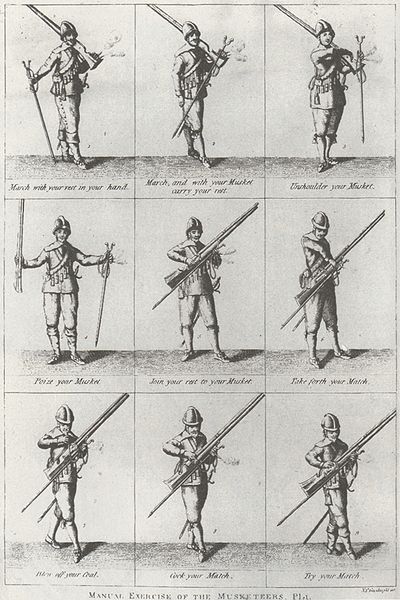
October 10, 2013, by Harry Cocks
Restoration Britain: A Post-Conflict Society?
The restoration of Britain’s monarchy in 1660 used to be thought of as just that, a return to social and political quietude after the tumult of the civil wars and Commonwealth. More recently, though, historians have shown that the restoration of the monarchy and the subsequent consolidation of royal power were by no means inevitable. Instead, they have focused on the way in which Charles II (and his conservative ‘Cavalier parliaments’) secured his rule with a series of starkly repressive measures that included a new religious settlement re-establishing the Church of England and banning protestant dissent, alongside measures which disbanded Cromwell’s armies. In two new articles (see links below) David J. Appleby of Nottingham University’s History Department argues that this new Restoration historiography has consistently underestimated the continuing significance of the military in Restoration Britain, especially in the localities. In particular Dr Appleby has used two relatively new concepts to understand Restoration Britain: post-conflict culture theory and modern studies of ‘veteran politics’. Both of these theories direct our attention to the question of what happens to demobilised (and frequently disgruntled) veterans and suggests that their re-absorption into society is usually beset with difficulties. This is just as true of the Restoration as it is of post-Napoleonic Britain or post-Vietnam America. It is vital to realise, for instance, that the disposal of Cromwell’s ‘Old Army’ was far from easy. The redeployment of as many as 7,500 possibly troublesome former parliamentary troops to Portugal, Tangier and India – where their prospects were very poor indeed – was a decisive factor in the consolidation of royal power. The great demobilisation of 1660-62 was similarly a triumph for the restored monarchical regime: huge amounts of money were extracted from an impoverished and divided population in order to pay for it, and well over 40,000 men were disarmed and reintegrated into civilian communities. Once demobilised, however, the veterans were closely monitored (and frequently harassed, examined and arrested) by local and national officials working together within a system which had all the attributes of a police state. The plight of maimed soldiers and war widows underlines the point that it was not necessary for veterans to be radical activists in order to be considered a problem. After the Restoration incoming royalist officials were faced with the objectionable prospect of maintaining thousands of needy parliamentarian pensioners as well as thousands of destitute former royalist soldiers and widows. There was insufficient money in county treasuries to maintain both groups, but even Cavalier-Anglican justices acknowledged that it would be morally wrong, and politically unwise, to allow ex-parliamentarians to starve. In investigating how officials resolved these various dilemmas Dr Appleby demonstrates that, contrary to an oft-quoted (but invariably misinterpreted) entry from Samuel Pepys’ diary, old soldiers did not simply fade away after 1660, but continued to cause a wide range of problems, with far-reaching consequences for Charles II’s regime.
David J. Appleby, ‘Veteran politics in Restoration England, 1660-1670’, The Seventeenth Century, 28/3 (2013), pp. 323-42. http://www.tandfonline.com/doi/full/10.1080/0268117X.2013.823101.
See also David J. Appleby, ‘The Restoration county community: a post-conflict culture’, in J. Eales and A. Hopper (eds.), The County Community in Seventeenth-Century England and Wales (Hertford, 2012), pp. 100-124. http://www.herts.ac.uk/about-us/our-structure/subsidiary-companies/uh-press/history/local-and-regional-explorations/county-community.
No comments yet, fill out a comment to be the first

Leave a Reply